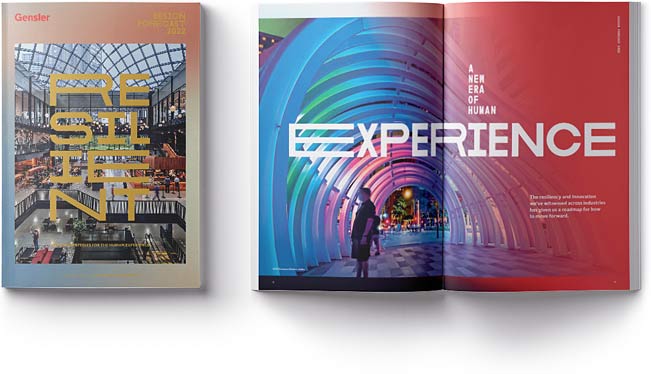REPOSITIONING &
LANDLORD SERVICES
The lifestyle and wellness choices of today’s workforce are the major factors influencing the office market and will continue to do so in the years to come. Markets will continue to place a premium on spaces that support flexibility, resiliency, and quality of life. Landlords and building owners will continue to have opportunities to convert or reuse existing buildings in order to address these needs.
The Post Office, Chicago
01
Resilient buildings will become easier to finance and lease.
The influence of Environmental, Social, and Governance (ESG) will continue to drive innovation. As such, socially and environmentally responsible office buildings will become both easier to finance and easier to lease to tenants who are increasingly demanding workplaces that support the health and well-being of occupants and the planet. Adaptive reuse of older buildings is a key resilient strategy and selling point.
02
Well-being and inclusivity can offer tangible benefits.
Landlords and owners are realizing the tangible outcomes of creating “healthy” and inclusive buildings. Research shows that better indoor air quality leads to increased productivity and reduced sick leave. Biophilic design can lower stress and anxiety and can also attract sought-after tenants and higher rental yields. Addressing equity and inclusion with core elements, such as gender-neutral restrooms and other common areas for an increasingly diverse workforce, is also a tenant draw.
03
The demand for quality experiences in the workplace will continue.
In a competitive market with more flexible attendance policies, buildings must provide special experiences that are different from the home to bring people into the office. Tenants will continue to seek out more modern, amenity-rich, and sustainable spaces. Opportunities for adaptive reuse and building conversions will continue to grow.
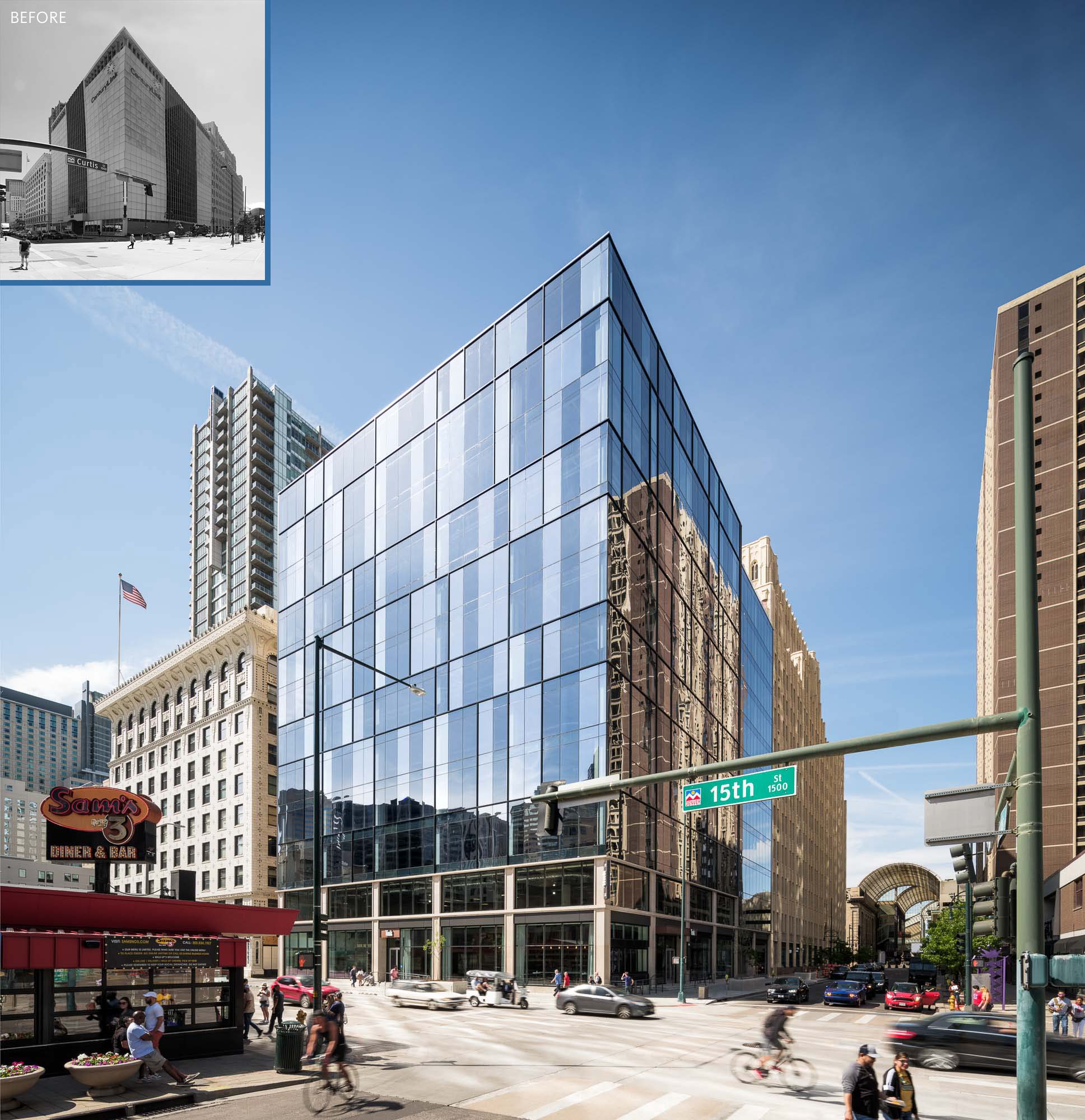
The Link, Denver
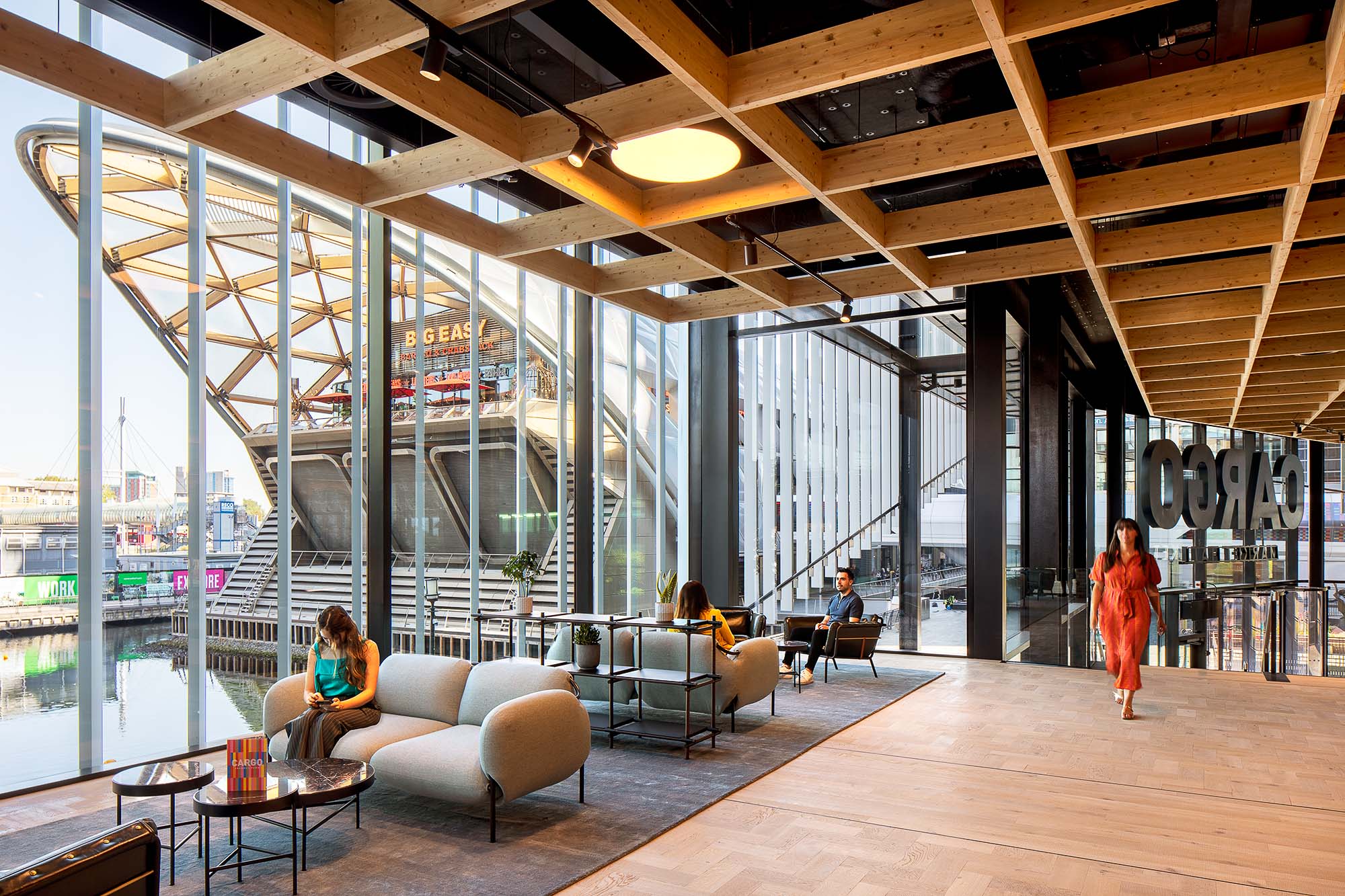
Cargo Crossrail, London
“Far and away the best way to reduce carbon is to reuse existing buildings. By recycling structure, we can save up to 40% of emissions. These targets are achievable now.”
— Juliette Morgan, former head of Sustainable Development, British Land
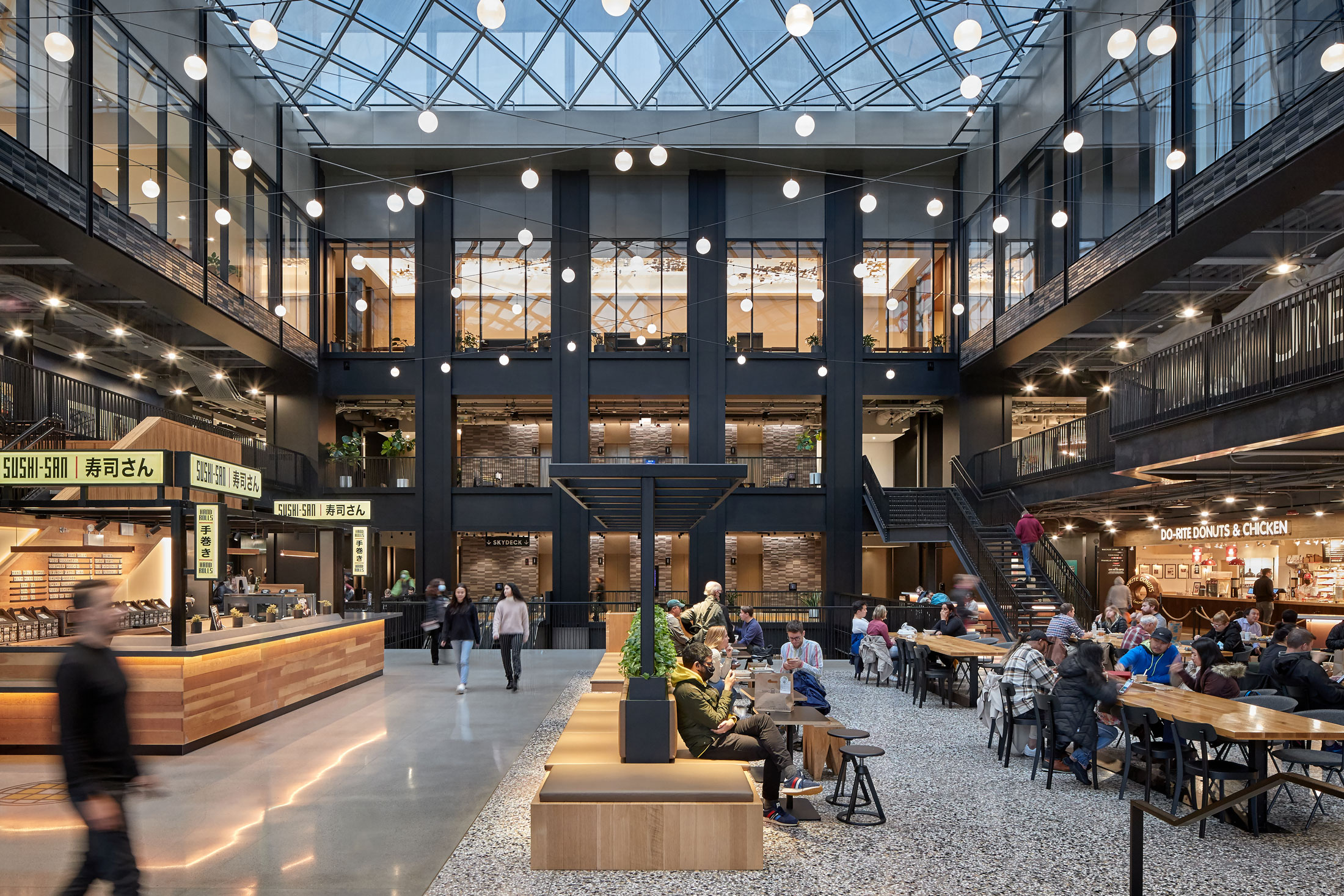
Willis Tower, Chicago
To reposition this Chicago landmark, Gensler reimagined the podium through minimal new construction — and minimal environmental impact. The adaptive reuse of this iconic skyscraper, formerly known as the Sears Tower, will connect locals and visitors with retail, dining, shopping, entertainment, and an inviting street-level presence.
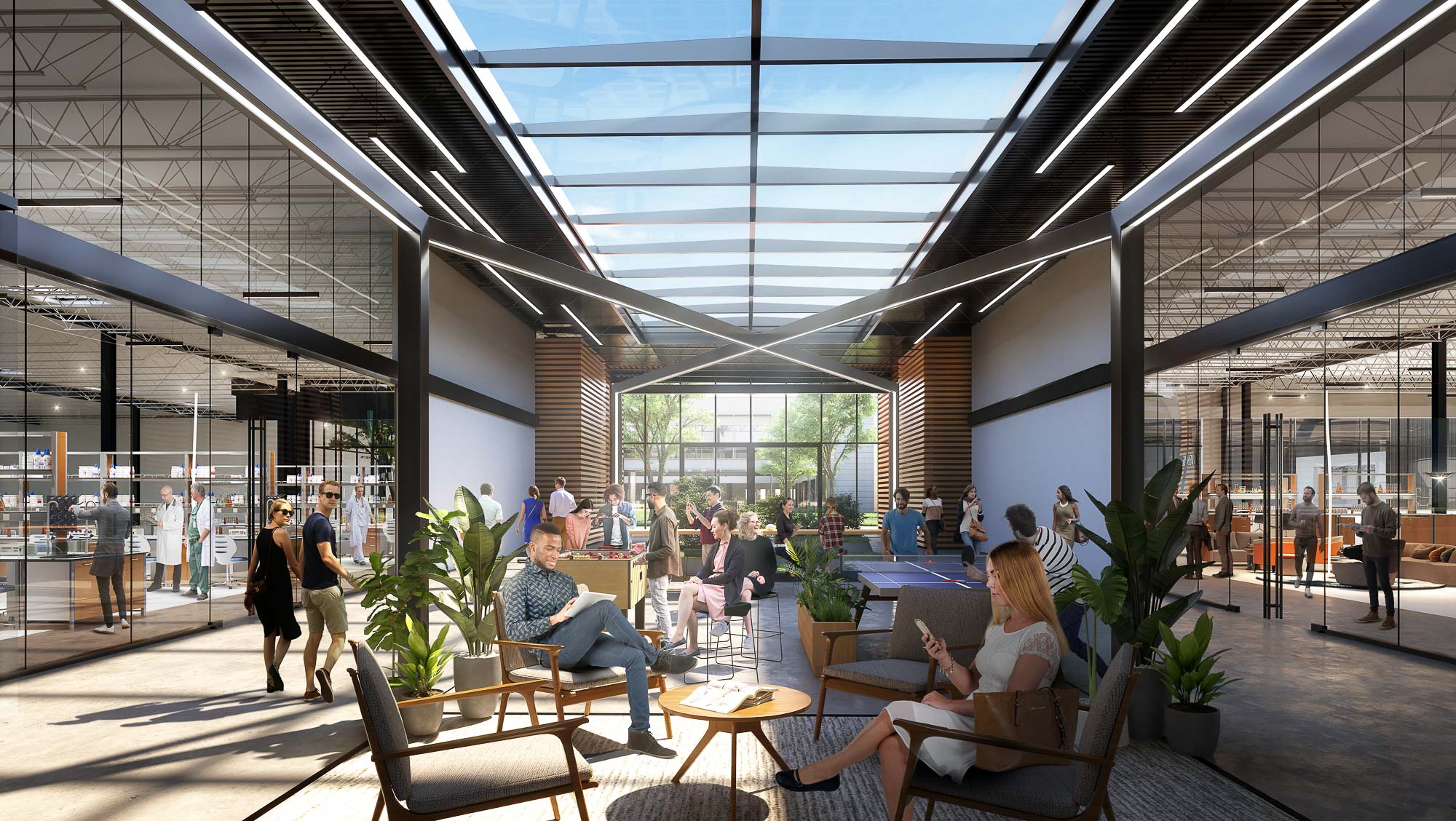
Park Point Business Park, Durham, N.C.
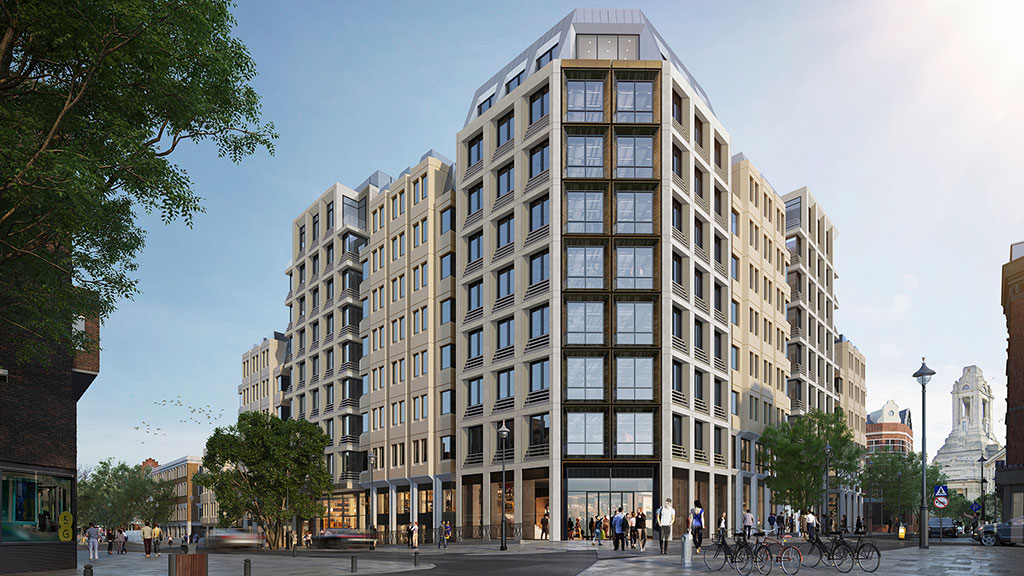
A New Approach to London’s Dated Offices
To revitalise London’s dated office building stock, we must make these environments relevant and capable of attracting the best tenants and talent.
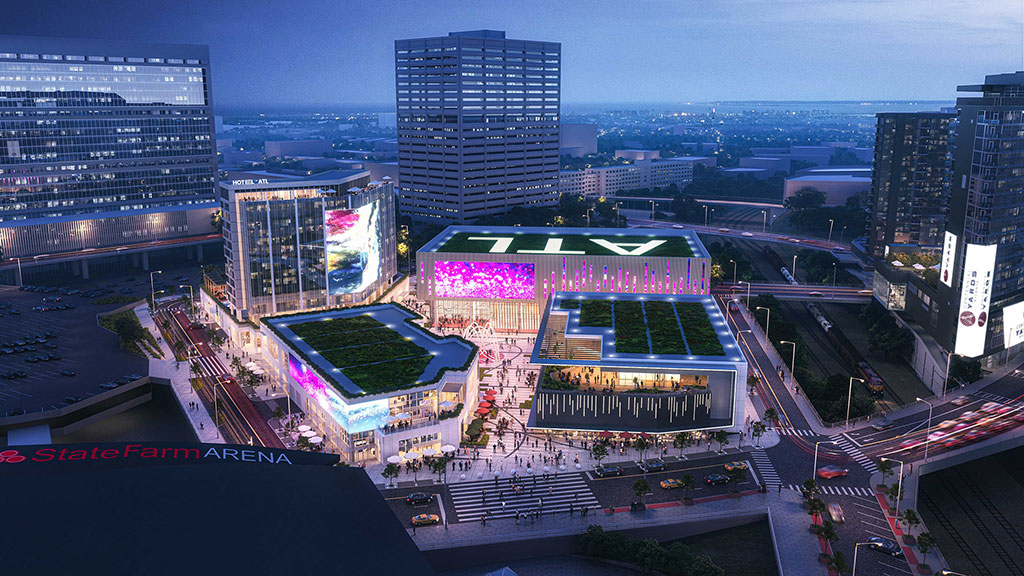
Trends to Watch: The Future of Cities Relies on Multiuse Districts
Gensler’s Mixed Use & Retail Centers leaders discuss the opportunities shaping the future of cities and multiuse districts.
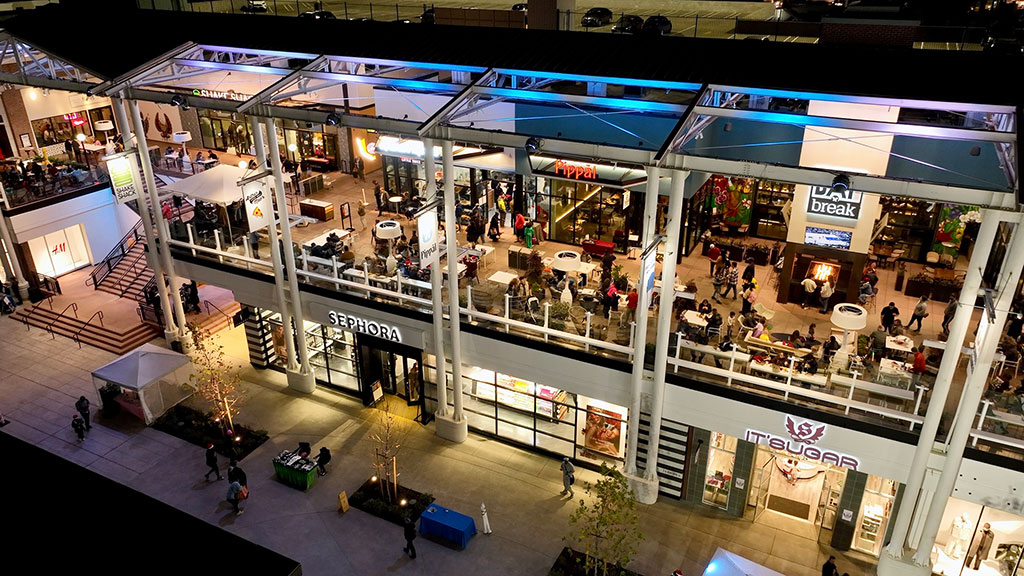
What’s the Recipe for Retail Success? Food
With a heightened consumer appetite for engaging social spaces, food and beverage are key ingredients for physical retail viability.
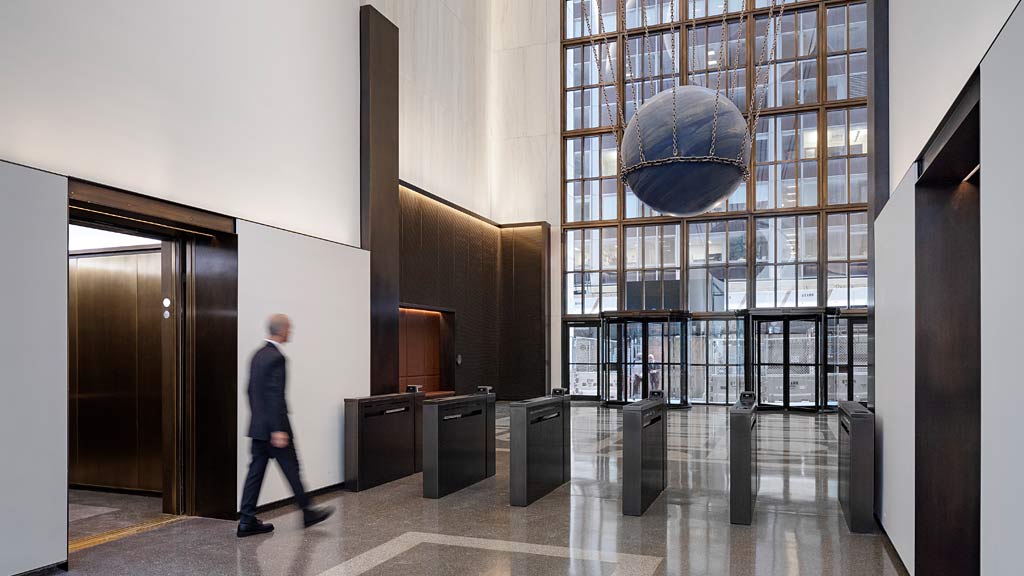
550 Madison
New York, New York
Gensler’s reimagining of 550 Madison’s lobby breathes new life into the grand entry hall of this iconic skyscraper with a luminous design that is distinctive yet harmonious with the landmark building’s original architecture.
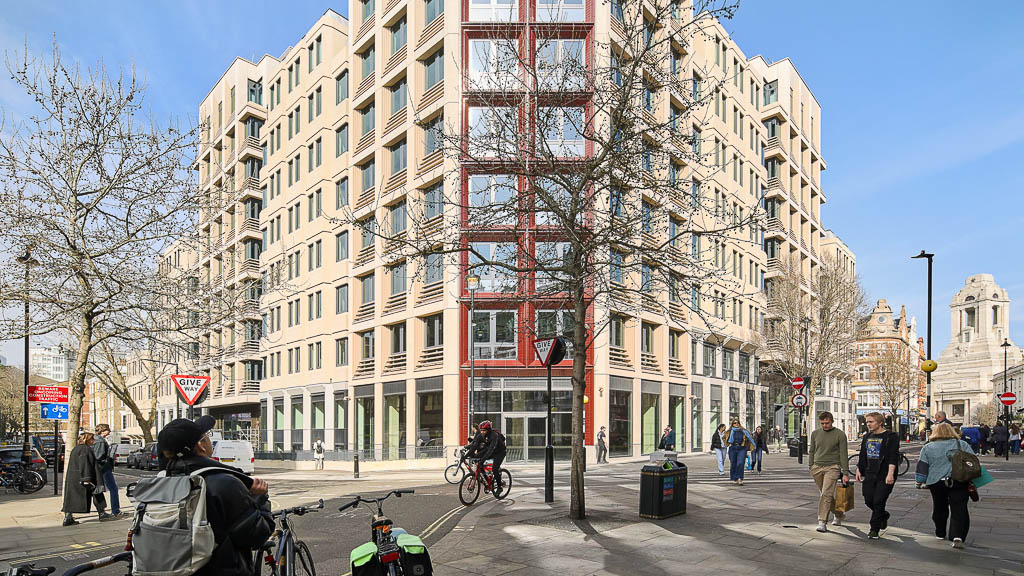
The Acre
London, United Kingdom
Gensler transformed an inward-looking, closed off building into a modern and sustainable workplace that connects The Acre’s past with its future in the heart of London’s Covent Garden.
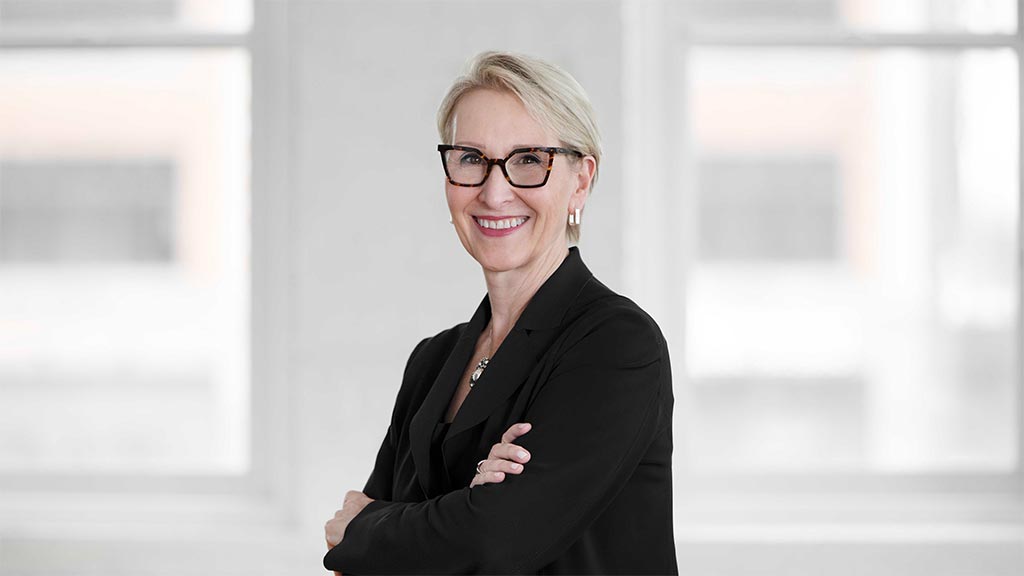
Sheryl Schulze
Co-Managing Director, Building Transformation & Adaptive Reuse Leader, Principal
Sheryl Schulze is a Co-Managing Director of Gensler’s Columbus office as well as a Global Building Transformation & Adaptive Reuse Leader.
